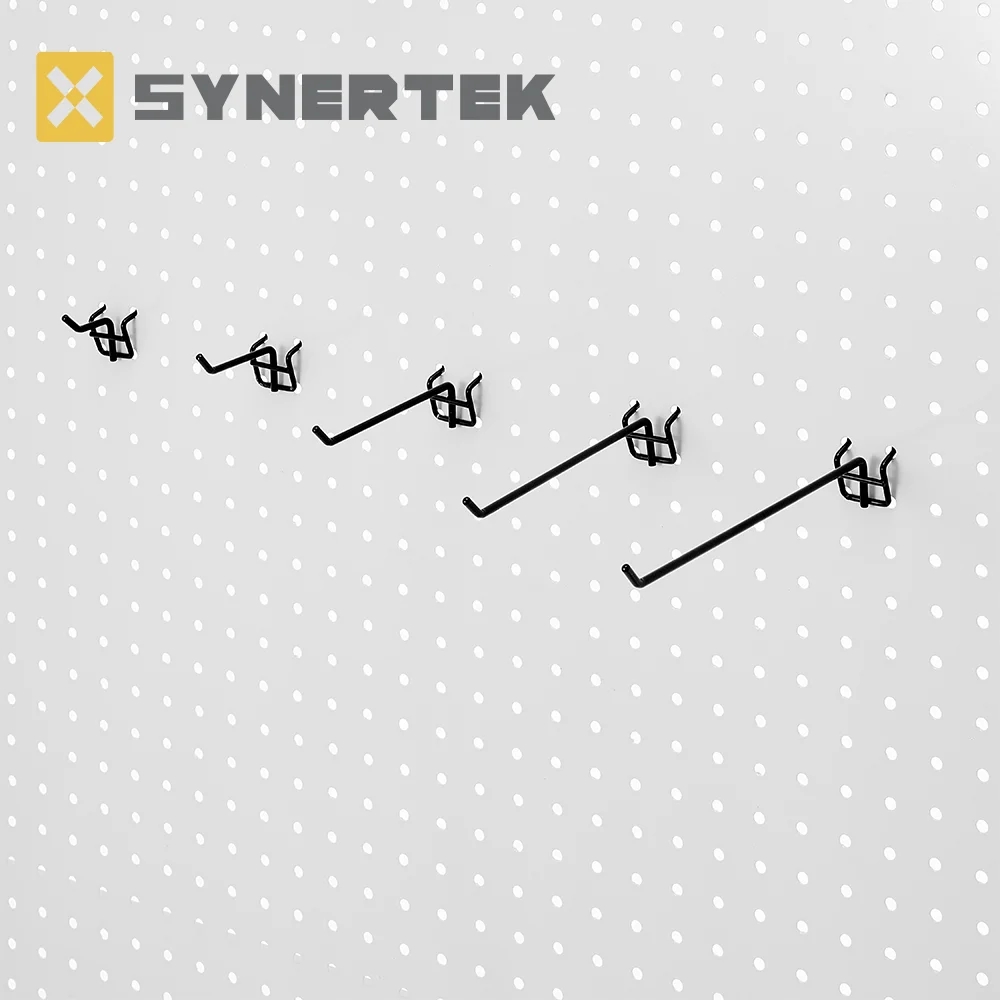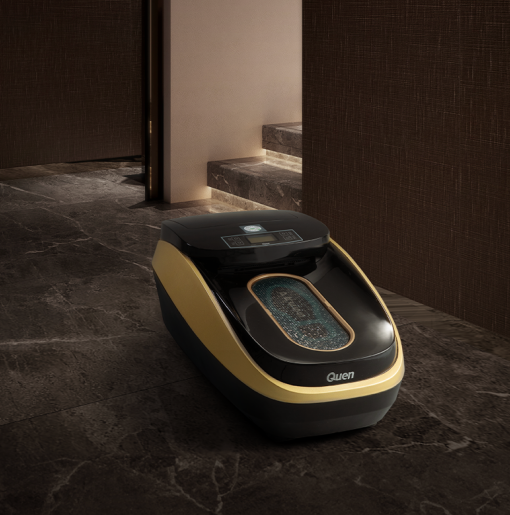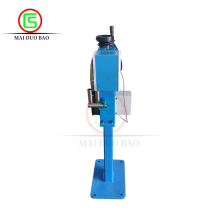The customized zeolite rotary concentrator is revolutionizing industries. This innovative technology enhances the efficiency of gas separation and purification processes. Zeolite, a naturally occurring mineral, has been used for decades due to its unique properties. The rotary design allows for continuous operation, making it ideal for large-scale applications.
Businesses are increasingly adopting customized solutions to meet their specific needs. The flexibility of the zeolite rotary concentrator ensures optimal performance in various environments. As industries seek sustainable and cost-effective methods, this technology stands out. It not only improves productivity but also reduces waste. Embracing this advancement can lead to significant benefits in both operational efficiency and environmental impact.
Key Takeaways
-
Customized zeolite rotary concentrators offer tailored solutions for specific industrial needs, improving efficiency in gas separation processes.
-
Understanding how these systems operate can help you choose the right model for your application, ensuring optimal performance.
-
Key features such as adjustable flow rates and specialized zeolite types can significantly enhance system effectiveness.
-
Consider optional enhancements like additional sensors or automated controls to further customize your concentrator for better monitoring and control.
-
While there are many advantages, such as energy savings and improved product quality, it’s essential to weigh possible drawbacks like initial costs and maintenance needs.
-
Explore common applications in industries like petrochemicals or environmental engineering to see how customized systems can benefit your operations.
Understanding Zeolite Rotary Concentrators
What is Zeolite?
Zeolite is a naturally occurring mineral with unique adsorption properties. This mineral acts as an effective adsorbent material in various applications, including rotary concentrators. Its structure allows it to trap and hold different molecules, making it suitable for removing pollutants from air and water.
Zeolites have a porous framework that can selectively adsorb gases and liquids. This quality makes zeolites ideal for capturing volatile organic compounds (VOCs). The ability to remove VOCs is crucial for industries aiming to comply with environmental regulations.
Importance of VOC Removal
VOCs are harmful pollutants found in many industrial processes. They can cause serious health issues and environmental damage. For this reason, their removal is vital. Industries must adhere to strict regulations regarding VOC emissions.
Using zeolite rotary concentrators helps meet these standards. These systems efficiently capture VOCs from exhaust streams. By doing so, they minimize the release of harmful substances into the atmosphere.
Effective VOC removal also enhances workplace safety. Workers are less exposed to hazardous air pollutants. This leads to a healthier work environment and boosts employee well-being.
Efficiency of Rotary Concentrators
Zeolite rotary concentrators demonstrate impressive efficiency in removing VOCs. Their effectiveness typically ranges from 80% to over 95%. This high level of performance stems from the zeolites adsorption efficiency.
Factors influencing this efficiency include temperature, pressure, and the concentration of VOCs. The design of the zeolite rotor concentrator system also plays a role. A well-optimized system maximizes contact between the air stream and the zeolite adsorbent.
The hydrophobic zeolite rotor concentrator wheel further enhances performance. This specialized wheel repels water, allowing it to focus on capturing organic compounds. As a result, these systems can operate effectively in humid environments without losing efficiency.
Applications of Zeolite Media
Different industries utilize zeolite media for various applications. Common uses include:
-
Paint and Coating Industries: Capture solvent vapors during painting processes.
-
Automotive Manufacturing: Remove VOCs from paint booths.
-
Food Processing: Control odors from food production.
These applications highlight the versatility of zeolite concentrators in improving air quality across sectors.
How Customized Models Operate
Adsorption Process
Customized zeolite rotary concentrators operate through three main sectors: adsorption, desorption, and cooling. During the adsorption process, gas flows into the rotor filled with zeolite material. Zeolites have a unique structure that allows them to trap specific molecules while letting others pass. This selectivity makes them effective for separating gases. As the rotor turns, it continuously exposes fresh zeolite surfaces to incoming gas. This maximizes the amount of gas captured.
The efficiency of this process depends on several factors. Temperature and pressure can affect how well gases are absorbed. Higher temperatures may reduce adsorption capacity. Thus, operators must monitor these conditions closely to maintain optimal performance.
Desorption Phase
After adsorption, the system enters the desorption phase. Here, the rotor rotates into a heated zone. The heat causes the trapped gases to be released from the zeolite material. This step is crucial for regenerating the zeolite so it can be reused in future cycles. The design of customized models allows for precise temperature control during desorption. Operators can adjust settings based on the specific gases being processed.
This flexibility helps optimize energy use. It reduces costs and enhances overall efficiency. Many models also feature integrated sensors to monitor desorption rates in real-time.
Cooling Segment
Finally, the cooling segment plays a key role in the operation of rotary concentrators. After desorption, the rotor needs to cool down before entering another adsorption cycle. In this phase, ambient air or water may be used to lower the temperature of the rotor quickly. Effective cooling prevents overheating and maintains the integrity of the zeolite material.
Different models have varying cooling techniques, which impact their overall efficiency and cycle times. Some systems employ advanced cooling technologies that enhance performance while reducing energy consumption.
Gas Flow Variability
Gas flow rates can vary significantly between different rotary concentrator models. Customized designs allow manufacturers to tailor flow rates based on specific applications. For instance, a model designed for high-capacity industrial use will have higher flow rates than one intended for smaller operations.
Operators must understand these differences when selecting a model for their needs. They should consider factors such as gas type and desired separation efficiency.
Enhancing Adsorption Efficiency
Several operational principles enhance adsorption efficiency during the rotor's cycle. First, maintaining optimal humidity levels is essential for maximizing gas capture. Moisture can influence how well zeolites adsorb certain gases.
Second, adjusting rotation speed can impact contact time between gas and zeolite surfaces. Faster speeds may reduce contact time but increase throughput. Operators should find a balance that works best for their specific processes.
https://www.plm-environmental.com/KPR-Zeolite-Rotary-Concentrator.html
Purimate (Changzhou) Environmental Technology Co., Ltd.



